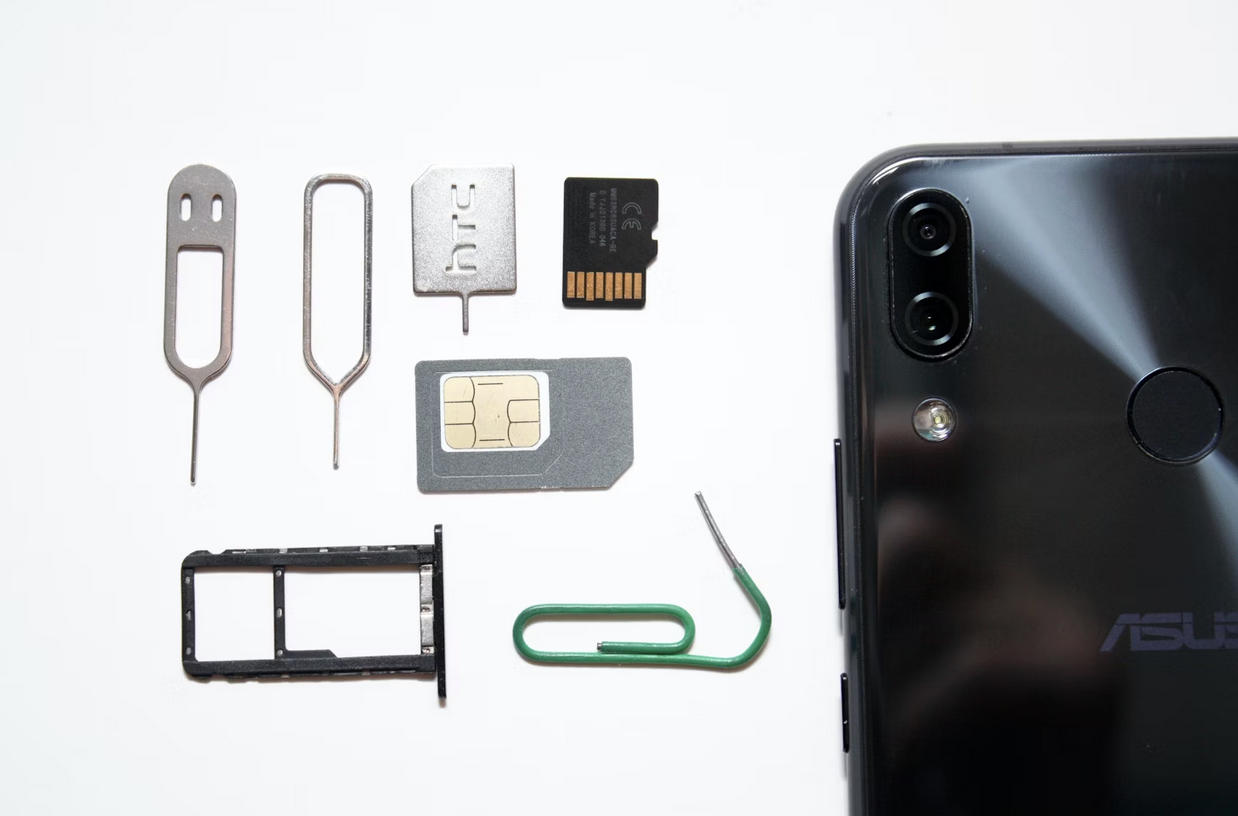
My friend Sarah just got back from Europe with a $3,000 phone bill. She’d clicked “yes” to roaming, assuming it couldn’t be that bad. Turns out streaming video on the train costs more than the actual ticket. She learned the expensive way what every traveler eventually discovers: connectivity math abroad is broken.
The choice between roaming and local SIMs feels simple until you’re standing jetlagged at an unfamiliar airport, trying to explain your passport details in a language you barely understand. Meanwhile, your driver’s waiting outside and you can’t contact them. This is modern travel’s biggest frustration.
The Real Cost of International Roaming
Let's murder the myth that roaming is always expensive. Sometimes it's the cheapest option. I know that sounds insane after Sarah's horror story, but hear me out.
Most carriers offer daily passes now. T-Mobile charges $10 daily for 5GB high-speed data. Verizon wants $15. Sounds reasonable for a weekend trip. But here's the trap: it's per day, not per use. Turn on your phone for thirty seconds at midnight? That's two days charge.
The math gets uglier with longer trips. Ten days at $15 equals $150. That's often more than your accommodation costs. Plus, after you hit the data cap, speeds drop to 2G. Ever tried loading Google Maps on 2G? You'll walk to your destination faster.
Australian carriers play different games. Telstra offers $10 daily roaming, but only in select countries. Step into Serbia? Suddenly it's $3 per megabyte. One Instagram story could buy dinner for two.
I've calculated the breakpoint. Roaming makes sense for trips under five days to single countries. Beyond that, you're literally burning money. Business travelers expense it, but personal travelers feel the pain.
Local SIM Mathematics
Local SIMs seem like the obvious solution until you do the real math. Not the SIM cost, but the total investment. Here's what nobody tells you about local SIMs.
Bangkok's airport SIM costs $30 for unlimited data. Fantastic deal. But you waited forty-five minutes in line, explained your phone model three times, and watched them fiddle with settings for another twenty minutes. If your time's worth $50 hourly, you've already spent $57.50 before counting the SIM.
Registration requirements kill efficiency. India wants passport copies, local addresses, and forms that look like mortgage applications. Japan requires specific visa types. Some European countries need local bank accounts for contracts. Each country means new paperwork, new lines, new confusion.
The multi-country problem destroys local SIM economics. Traveling through five Southeast Asian countries? That's five SIMs, five registration processes, five phone numbers to juggle. Your WhatsApp contacts won't know which number works. You'll miss calls from the last country while setting up the next.
Singapore's roaming SIM-only plans, such as Maxx roaming SIM-only plans, solve this elegantly. One SIM works across multiple countries at near-local rates. No swapping, no registration marathons, no number confusion. The math finally makes sense for multi-country trips.
Breaking Down Regional Solutions

Regional plans changed everything for smart travelers. The EU forcing carriers to eliminate roaming charges created a template others copied. Buy a SIM in Portugal, use it freely across twenty-seven countries. One purchase, zero hassle.
Asia's catching up with similar agreements. Singapore, Malaysia, and Thailand share roaming deals that make sense. A Malaysian SIM works in Singapore at reasonable rates. Not free like Europe, but not bankruptcy-inducing either.
SIM technology solves the hassle of physically swapping cards. Many modern smartphones can store multiple eSIM profiles, allowing travelers to switch between networks as needed. This eliminates airport lines, registration desks, and the risk of losing physical SIMs. The future of connectivity is here, just not yet evenly available everywhere.
But eSIMs have their own math. They're consistently more expensive than local physical SIMs. Thailand's physical SIM costs $10 for 30GB. The same coverage via eSIM runs $25. Convenience costs 150% more. Worth it for short trips, painful for long stays.
Middle Eastern and African coverage remains problematic. Regional agreements barely exist. Each country operates like a digital island. Your Egyptian SIM dies at the Jordan border. Your Kenyan SIM won't work in Tanzania despite being neighbors. Every border crossing means starting over.
The Hidden Costs Nobody Calculates
Here's what travel blogs never mention: the productivity massacre of SIM switching. You land exhausted, need to reach your hotel, but first spend two hours getting connected. That's two hours not exploring, not working, not resting.
The comfort factor compounds these frustrations. Trying to figure out SIM cards in a sweltering airport with broken air conditioning tests anyone's patience. Smart travelers know that comfort enables better decisions, whether that means choosing accommodations with reliable cooling or setting up a portable aircon for longer stays where temperature control affects focus and productivity. When you're comfortable, you make better connectivity choices instead of grabbing the first option to escape the heat.
Number management becomes a full-time job. Two-factor authentication breaks when you swap SIMs. Banking apps lock you out. Your home number receives important messages you won't see for weeks. I missed a job offer because the recruiter couldn't reach my Australian number while I was SIM-swapping through Europe.
The mental load accumulates. Which SIM works where? Which number did you give that contact? Where did you store the old SIMs? Did you remember to top up before the credit expired? Travel's supposed to reduce stress, not create spreadsheet management.
Physical SIM storage seems trivial until you're juggling five tiny plastic chips. They disappear into backpack crevices. They break if stored wrong. One friend taped them to paper and lost the paper. Another stored them in his wallet and demagnetized them with his credit cards.
Accessories help manage the chaos. An iPhone pop socket with built-in SIM storage solved my problem. Others use special wallets or cases. But needing accessories to manage connectivity feels like admitting defeat.
Making the Smart Choice
After years of testing every option, here's the mathematics that actually works. Trips under five days: use roaming. Single country for weeks: get local SIM. Multi-country journey: regional or eSIM solutions.
Data usage reality beats advertised limits. You'll use 1-2GB daily with normal usage. Navigation, translation, and social media add up. That "unlimited" 5GB daily roaming cap disappears by lunch. Plan for double what you think you need.
The hybrid approach wins. Keep your home SIM active for important calls and two-factor authentication. Use local data SIMs for actual connectivity. Yes, you're paying twice. No, it's not wasteful. It's insurance against digital isolation.
Your connectivity strategy determines trip quality more than hotel choices. Because being lost without maps, unable to call help, or missing important messages ruins experiences money can't fix.
Conclusion
In the end, there’s no one-size-fits-all solution for staying connected abroad. The real trick is understanding your travel patterns, usage habits, and comfort priorities. Whether you rely on short-term roaming, invest in local SIMs, or explore regional and eSIM options, the goal is the same—seamless connectivity without financial surprises. Treat connectivity like any other travel essential: plan ahead, do the math, and choose what fits your journey best. When your phone just works wherever you land, you’re free to focus on what actually matters—the experience.
Featured Image by Freepik.



Comments (0)
No comment